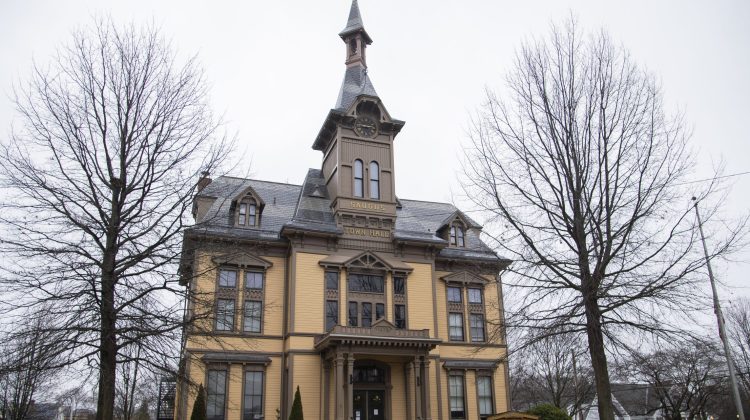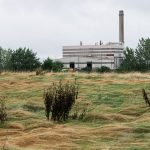SAUGUS — Board of Health member Joseph Dorant provided information about the air quality station being installed, which the town has been eagerly awaiting.
“I was involved with it a bit, and so I just wanted to report back. About a month ago, I heard that the station was in its location on a pallet,” Dorant said. “…I spoke with Sean Dunn from the DEP, and he told me there were a few things that had to be done.”
The station had to be permanently set in its location, and some internal wiring had to be completed to connect to the meter, which would then connect to National Grid. After that, the instruments have to be installed.
According to a report from Dunn, the station is all set in the location, and the internal electricity is done.
“The only thing that remains is to connect it to the telephone pole and put in instrumentation,” Dorant said.
As of now, the station will be connected, and the instruments will be installed on Nov. 10.
“We’re really excited about that,” Chair Maria Tamagna said.
WIN Waste, which has consistently attended Board of Health meetings to try to strengthen its communication with the town, had a few questions about the new monitoring system being implemented.
“Do we know whether it’s going to be able to decipher what it’s seeing, unlike the purple (monitors)?” a WIN Waste member asked. “Is it going to be able to differentiate between dirt, water, and gases? Or is it going to be just as comparable as the purple monitors that you had out before?”
The reason this question is important is that the monitors will be tracking pollutants in the area by the WIN Waste facility. The concern is that when spikes occur, people will immediately assume they came from the plant, which is what happened with the purple monitors, as they were unable to differentiate between particles.
“It’s a little more sensitive,” Tamagna said. “That was one of the things we had discussed.”
She noted that it can’t differentiate particle by particle, which the Board was disappointed by, but that it would give a better understanding than the purple monitors.
“So it’s still not going to be able to differentiate much of anything. So if it spikes, everybody is going to come after WIN Waste, whether it’s us (or) road dust,” the WIN Waste member said.
Tamagna said it would be more accurate.
“Sean (Dunn) will be back once it’s operational and will be giving a much more detailed (presentation),” she said.
Tamagna said that Dunn, alongside Allison Langone, who is a part of MassDEP’s Air Assessment Branch, had explained that the spikes on the monitor shouldn’t cause too much alarm; it’s the average data collected over a period of time that is being watched.
“One spike for a short period of time isn’t what is going to cause major health problems. What we need to be aware of is what the average of our pollutants is,” Tamagna said. “This is what it’s going to give us a better reading of.”
Board member Dr. Anthony Bakopolus said he had the same question about the monitor and that it could cause more issues for WIN.
Dorant said the monitors are there to measure the ambient air quality in the area and that there are certain parameters set by the federal government to measure that.
“Most of it is particulates. And particulates come from different sources. It’s not the only thing that this monitor will measure, but mostly it’s particulates,” he said. “It’s regular particulates and breathable particulates.”
The WIN Waste member asked that this be something that gets explained to residents, so that they can see the particulates could be from things that don’t involve WIN Waste.
Tamagna noted that the Board had sponsored multiple educational sessions about the monitors.
“We can’t stop the people from posting on Facebook and all that stuff. We can only educate as much as we can and provide the information. If the people are going to take it, they’re going to take it,” she said.





